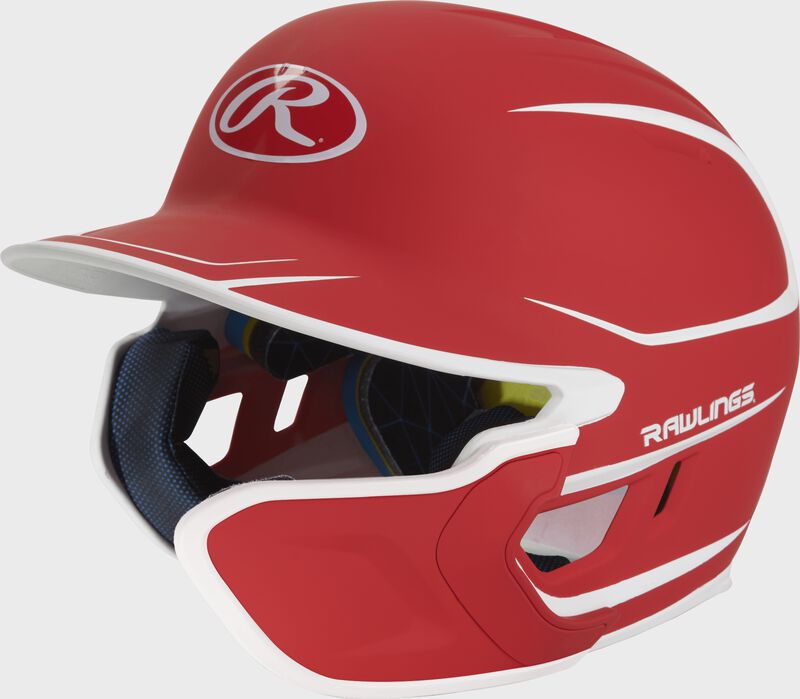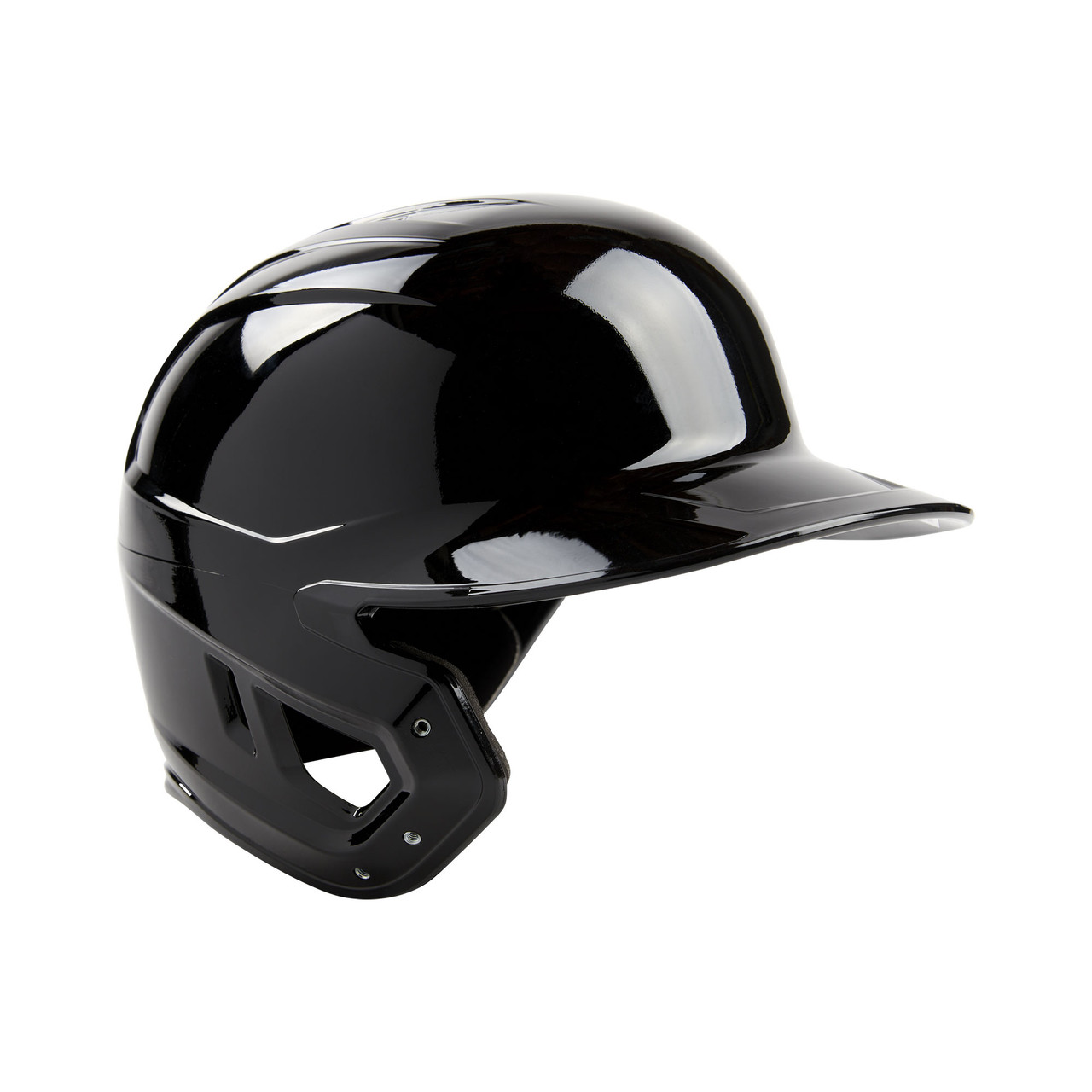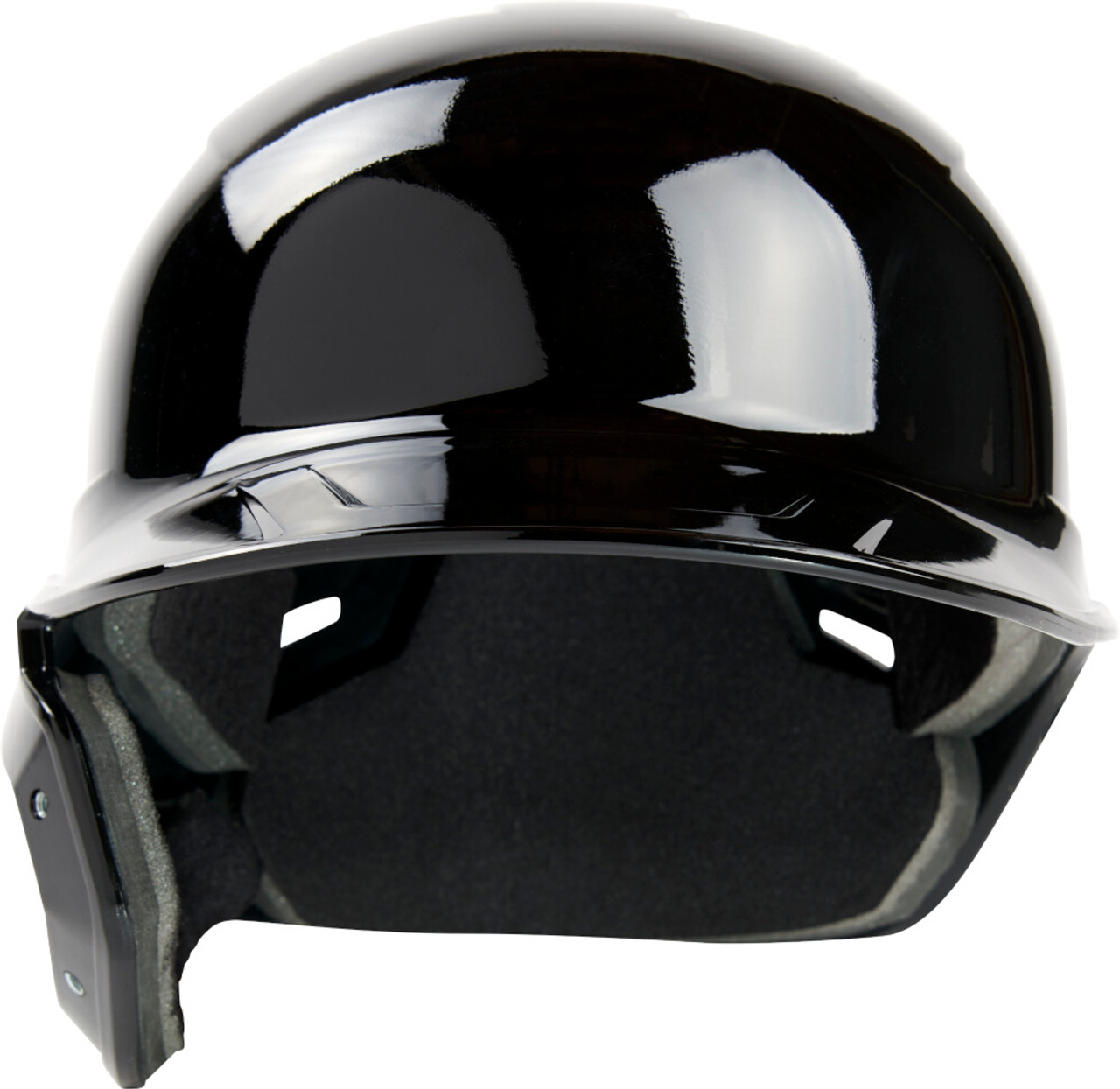The Protective Necessity for Developing Skulls
When we think of helmets, we often associate them with activities that involve a risk of head injury, such as cycling or skateboarding. However, helmets also play a critical role in the lives of some infants. The sight of a baby wearing a helmet might prompt curiosity or concern, but these specially designed helmets serve very specific and important purposes. Throughout this comprehensive examination, we will explore the reasons why babies may need to wear helmets, looking at medical conditions, developmental needs, safety precautions, and long-term benefits. By understanding these perspectives, we can appreciate the critical role that helmets serve in ensuring the well-being and proper growth of some infants.

1. Medical Treatment:
Correcting Cranial Asymmetry
Babies can sometimes develop flat spots on their heads or have asymmetrical head shapes, a condition known as plagiocephaly or craniosynostosis. These issues can arise from spending too much time lying on their backs, a tight uterine space, or premature fusion of skull sutures. A helmet, prescribed by a pediatric specialist, can help by gently guiding the growth of a baby’s skull into a more regular shape.
The helmet acts by applying consistent, gentle pressure on the protruding areas while allowing room for growth in the flatter regions. Over time, this can correct or significantly improve the symmetry of the baby’s head. This treatment is most effective during a baby’s first year when the skull is still malleable, and growth is rapid. As babies complete their helmet therapy, the improvements in skull shape can have lasting effects on their appearance and, in some cases, their developmental outcomes.

2. Protective Measure:
Preventing Injury from Conditions Like Epilepsy
For infants with certain neurological conditions, such as epilepsy, wearing a helmet can be a vital protective measure. Seizures can cause sudden, uncontrolled movements, including falls, which can lead to head injuries. A helmet provides a cushioned layer that protects the baby’s head during such episodes, potentially preventing serious harm.
While it may seem unusual to see a baby in a helmet, for parents of children with seizure disorders, the helmet represents peace of mind. It allows their child to explore and interact with their environment more safely. As babies outgrow the need for such protection, either through improved health or developmental progress, the helmet’s role as a guardian during a vulnerable stage of life can be appreciated fully.
3. Developmental Support:
Assisting Babies with Special Needs
Babies with certain developmental delays or conditions that affect muscle tone and control, such as cerebral palsy, might require helmets as part of their broader treatment plan. These helmets serve not only to protect the baby’s head from injury due to falls but also to support the child’s developmental milestones, such as sitting up or crawling, by reducing the risk of injury during these activities.
This supportive equipment can empower babies to engage more confidently in activities that promote motor skill development, knowing that they have some protection against the bumps and tumbles that are a natural part of learning new movements. As these children grow and develop their abilities, the helmet can often be phased out, highlighting its role in fostering independence during critical stages of growth.

4. Safety Precautions:
Minimizing Risks in the Home Environment
In some situations, infants may be prone to head injuries due to the layout or furnishings of their living environment. Homes with hard flooring, sharp-edged furniture, or other potential hazards can pose risks to babies who are learning to move around. A helmet can serve as a precautionary tool to minimize the risk of bumps and bruises as babies navigate their surroundings.
While not a substitute for baby-proofing and close supervision, a protective helmet can add an extra layer of safety for babies during this exploratory phase. It can be particularly useful for parents who are in the process of modifying their home to be more child-friendly or for those times when a baby’s movements are unpredictable. As the child grows and becomes more stable, the reliance on the helmet will diminish, underscoring its temporary role in safeguarding the baby’s early adventures.

5. Long-Term Benefits:
Enhancing Future Quality of Life
The decision to have a baby wear a helmet, whether for medical correction or as a safety precaution, is often made with the long-term benefits in mind. Proper skull shape can have implications on a child’s future, including the fit of eyeglasses and helmets for sports, as well as social perceptions. Safety helmets designed to prevent injury can ensure that babies with special needs or health conditions have the opportunity to grow and develop without the setbacks that head injuries can cause.
In the long run, wearing a helmet for a brief period during infancy can be a small step that contributes significantly to a child’s overall quality of life. This period of helmet-wearing is just a chapter in a child’s life story, but it’s one that can set the foundation for a healthier and more fulfilling future. As parents look back on this time, they can take pride in knowing that they provided their child with the protection and support necessary for optimal development.
Embracing the Helmet as a Tool for Growth and Safety
In conclusion, the unusual image of an infant wearing a helmet often elicits curiosity and concern, but behind this unconventional sight lies a range of compelling and justified reasons. Helmets for babies are not mere accessories; they are often a critical component of medical treatment plans designed to correct cranial asymmetries, such as plagiocephaly, or to provide necessary protection for babies with medical conditions that increase the risk of head injuries, like epilepsy. Additionally, helmets offer developmental support to babies with conditions affecting their muscle tone, encouraging safe exploration and learning.
These helmets represent a proactive and preemptive measure taken by caregivers who prioritize their child’s safety and developmental progression. The decision to use a helmet during infancy is made with the foresight of long-term benefits, from ensuring proper skull formation to promoting an uninterrupted developmental trajectory. As we contemplate the multifaceted roles that baby helmets fulfill, their presence on an infant’s head transforms from an unusual sight to a symbol of a caregiver’s loving commitment to their child’s health and future success. The brief period in which a helmet is worn can have a lasting positive impact, proving that these devices are indeed invaluable in paving the way for a child’s thriving life journey.

Leave a Reply